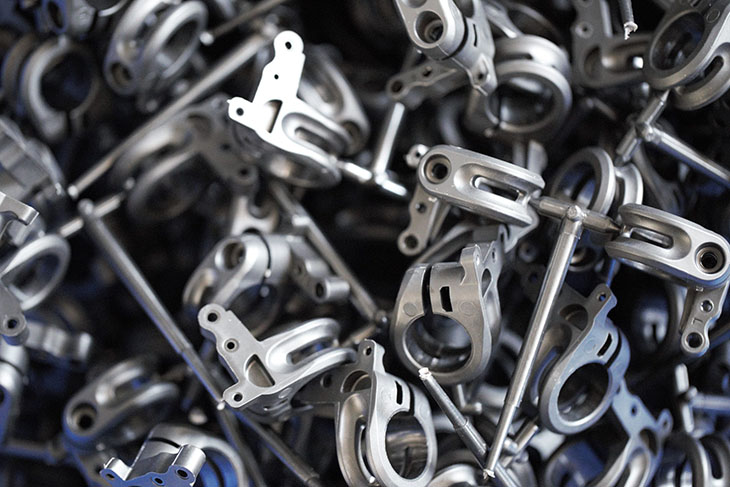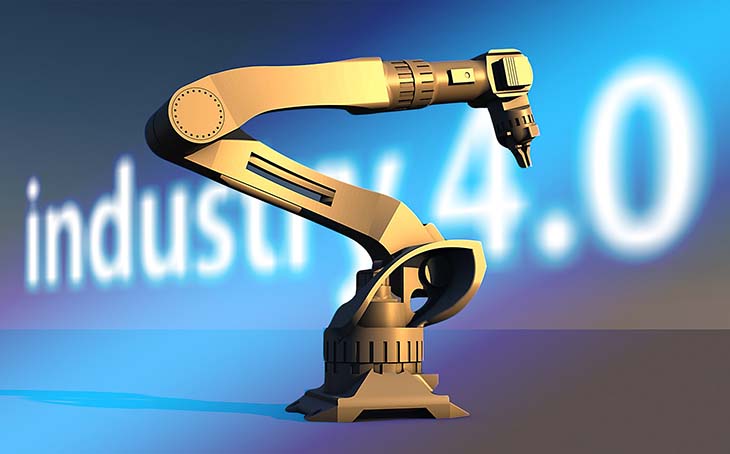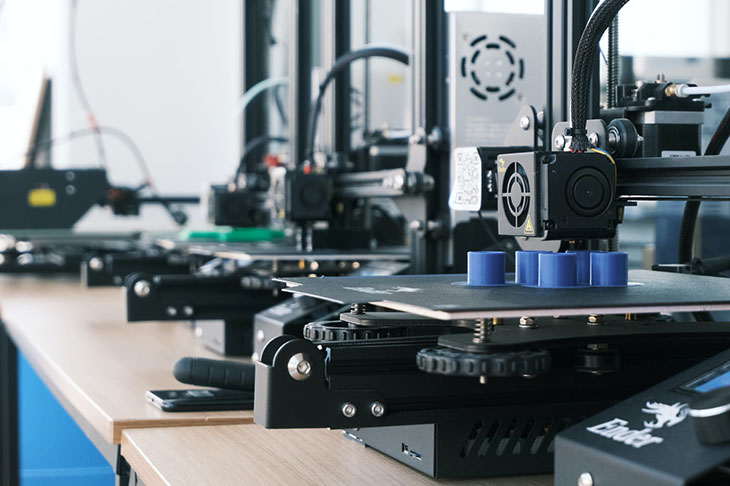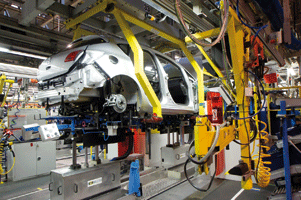Emily Newton is an industrial journalist with over five years experience convering the manufacturing sector. As Editor-in-Chief of Revolutionized, she also covers trends in other industrials sectors, like logistics and engineering. Subscribe to her newsletter for more of her articles.
Cutting your average cost of injection molding is easier than you may think, especially if exploring a wide variety of options. Here are some actionable strategies to try when project economics are constant concerns.
1. Create Parts in Large Quantities When Possible
It’s well-known that one of the most straightforward ways to reduce costs when working with most suppliers is to order in bulk. Many providers have discounts for customers who want large quantities. There’s a similar principle for injection molding.
The main thing to keep in mind is that injection molding costs generally go down as the number of units rises. However, other considerations also illustrate why getting injection-molded parts in bulk makes the costs more reasonable.
The metal mold is the most expensive part of the process, and it may cost thousands of dollars. The primary reason for that large upfront cost is that molds must be durable enough to potentially withstand hundreds of thousands of injection shots.
However, one practical way to reduce the cost of injection molding is to use a less expensive type of metal. More specifically, aluminum is more economical than steel, and it offers a long lifespan. When the cost of the mold goes down, you can print a lower number of injection-molded parts while still getting cost-effective outcomes.
2. Implement a Predictive Maintenance Plan
Downtime can be extremely costly throughout the manufacturing process, and that goes for injection molding, too. A good starting point for preventing it is to follow the machine maintenance procedures recommended by the equipment manufacturer.
However, predictive maintenance can go a long way in causing further improvements by alerting people to the signs of problems they may otherwise miss. For example, some machines used in the plastics-manufacturing sector can predict when to replace the screws inside of barrels based on a molding operator’s average machine usage.
That approach minimizes machine downtime while ensuring the screws function for their full expected lifespans. A research paper also examined the potential of using predictive maintenance and cognitive analytics on injection molding machinery. That experiment relied on real-time production data and smart algorithms that learned to immediately detect faults through training.
You may lack the resources to launch a large-scale predictive maintenance strategy right now. However, getting started is not necessarily extremely cost-intensive. For example, you could start by collecting data about the most common injection molding machine faults that affected your production in the past year — or longer if possible.
From there, look for patterns in the specific parts that broke or other shared characteristics. Taking such a thoughtful approach could unlock new insights that ultimately drive costs down over the short and long term.
3. Stay Abreast of How Emerging Technologies Might Help
Manufacturers often learn that embracing new technologies to pursue process improvements is often a valid way to bring costs down. That’s not the case in every instance, but people are more likely to reap the benefits of technology by remaining informed about how it could apply to injection molding.
One recent example involves a partnership between Stanley Black & Decker and Structure3d to develop the first system that combines 3D printing and injection molding. 3D printing can often result in reduced costs. In one case, it caused a 20% reduction in prosthetic limb expenses. However, it has not conventionally been ideal for working with rubber materials.
This initiative changes that, though. It aims to accelerate the production process, which could positively affect costs. Additionally, it gives manufacturers unprecedented amounts of customization abilities.
Another example involved a German company called Anybrid that developed a robotic injection molding machine that creates hybrid parts featuring some injection-molded plastic pieces. The Anybrid system features small injection units fitted with inexpensive molding tools that people can swiftly switch out as needed. That flexibility is another aspect that could lower costs.
4. Examine Your Mold’s Structure
Taking a close look at your mold’s structure is another worthwhile way to manage the cost of injection molding. Begin by assessing whether it has any unnecessary ornamentation. Such features may add aesthetic appeal, but they likely increase the associated expenses due to the additional complexity.
There’s also the master unit die (MUD) tooling method, which can make costs more reasonable. It creates a smaller cast from the original mold’s foundation. This is one of the most widely used shape-modification techniques. It can increase overall functionality while simultaneously making injection molding more affordable.
Remember that you don’t necessarily need to create new molds when designing different components. Assess the feasibility of relying on inserts that efficiently change the part’s shape and functionality.
Finally, scrutinize your mold to confirm which aspects are genuinely essential to the resulting part’s functionality and quality. If there’s anything you can cut out or tweak without suffering adverse outcomes, those updates will likely bring costs down. If you’re working with an injection-molding specialist for a project, they may have excellent cost-reduction insights you hadn’t considered.
Start Reducing Your Cost of Injection Molding Today
These suggestions illustrate how a wide variety of factors can influence the total costs associated with injection molding. However, taking a systematic approach to reducing them is within your control. Use these tips to get started, then apply what you learn in the process to enhance the cost-saving measures even more.



























